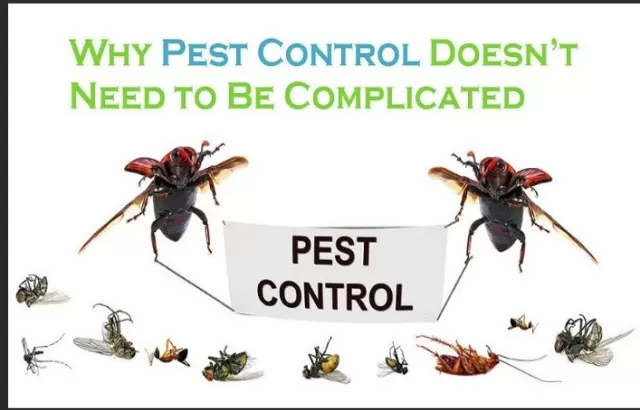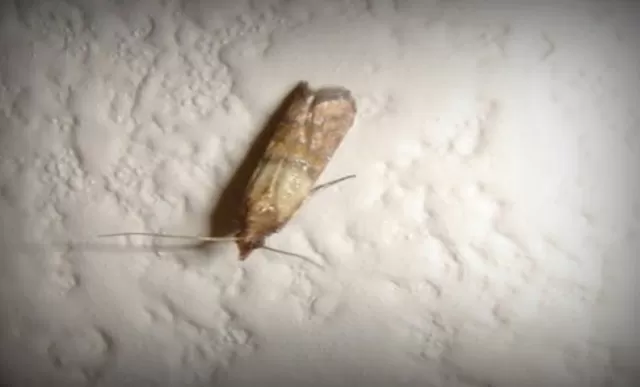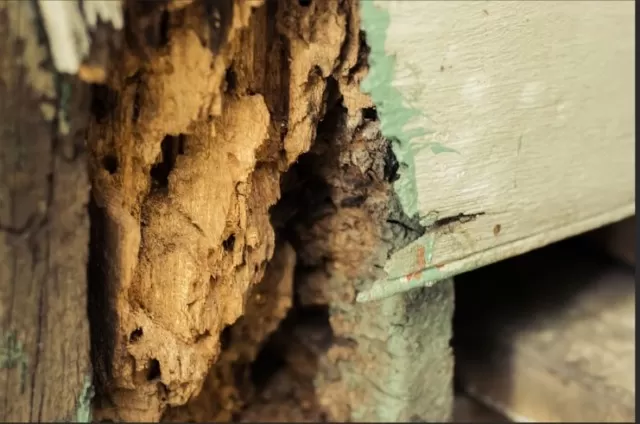Home’s Worst Pests: Prime Damagers. While you might be familiar with certain pests that have the potential to wreak havoc on your home, there exists a realm of lesser-known intruders that can silently inflict substantial harm, catching you off guard before you even grasp the extent of the situation. Navigate through the following insights to uncover the culprits responsible for the most severe damage to your dwelling and to acquire the knowledge needed to effectively eliminate them.
In the intricate ecosystem of homeownership, pests emerge as persistent adversaries, capable of compromising the structural integrity and hygiene of your abode. While some notorious offenders, such as termites and rodents, have gained a reputation for their destructive tendencies, it’s crucial to acknowledge that there are other covert troublemakers that can cause substantial destruction without overt warning.
Picture this scenario: beneath the surface, unseen forces of nature conspire to undermine the very foundation of your cherished dwelling. The creeping menace of pests extends far beyond surface-level nuisances, inflicting irreparable harm to your home’s framework, insulation, and even electrical systems. This concealed onslaught often leaves homeowners blindsided, rendering prevention and intervention strategies all the more essential.
Effortless Remedies: Navigating Pest Issues with Ease

Encountering a pest infestation within the confines of your home might naturally trigger a sense of panic; however, it’s crucial to maintain composure and avoid an exaggerated response.
Numerous categories of pest-related challenges can be effectively eliminated without undue hassle. Nevertheless, the optimal approach remains focused on prevention, and in cases where prevention falls short, early identification becomes paramount.
The realm of pest control stands as a domain where exercising vigilance yields substantial rewards. By adopting a proactive stance and promptly addressing potential issues, you can effortlessly manage and overcome pest predicaments, ensuring a harmonious living environment for yourself and your household.
The Significance of Honeybees: Coexistence and Hive Management
Honeybees, creatures of immense ecological significance, possess the capacity to infiltrate your living space through minuscule openings in siding or beneath eaves, subsequently constructing intricate hives brimming with honey.
Unfortunately, the accumulation of this honey can lead to structural repercussions, including wall damage and, over time, potential collapse of drywall due to the weight. When confronted with an active bee colony within your abode, it’s essential to handle the situation judiciously.
Opting for the services of a skilled beekeeper emerges as the most prudent course of action.
A beekeeper possesses the expertise to employ a specialized vacuum designed for the purpose, ensuring the safe removal of the bee population. This conscientious approach not only eradicates the immediate issue but also upholds the integrity of these vital pollinators.
The beekeeper’s proficiency extends beyond removal, as they will also orchestrate the relocation of the bees to a new hive situated at a considerable distance, thereby allowing the bees to continue their crucial role in the ecosystem without posing a threat to your living space.
By appreciating the ecological role of honeybees and taking proactive measures to manage their presence, you contribute to the preservation of both your living environment and the delicate balance of nature.
Navigating Moth Issues: A Guide to Prevention and Repellent Methods

Moths, creatures drawn to the allure of light, frequently encircle porch lights and illuminated windows once darkness descends.
These seemingly innocuous insects can take advantage of open doors to make their way indoors, leading to potential havoc. Once inside, they can inflict significant harm on fabrics, wreaking havoc by gnawing sizeable holes through cherished quilts, blankets, and sweaters, all before their presence raises an alarm.
To safeguard your belongings and living space, it’s essential to proactively address the issue of moths.
Among the tried-and-true remedies for moth deterrence, mothballs stand out as a classic choice.
These pungent spheres can be strategically positioned at the base of drawers and in containers housing stored fabrics, creating a scent barrier that dissuades moths from infiltrating. It’s important to note, however, that certain plastics might react adversely to mothballs.
Thus, when opting for plastic storage solutions, prioritize materials like polyethylene or polypropylene to avert any potential chemical interactions.
While mothballs can be effective, it’s prudent to consider their potential toxicity to both humans and pets.
For those seeking more natural alternatives, dried lavender emerges as an appealing option. Lavender’s reputation as a moth repellent is well-established, and its pleasant aroma not only wards off moths but also introduces a fragrant ambiance to your storage areas.
By embracing this nature-inspired solution, you not only protect your fabrics but also ensure the well-being of your household members, both human and animal.
As you navigate the realm of moth-related challenges, a combination of strategic prevention and repellent measures will empower you to enjoy your fabrics and living spaces without the looming threat of moth-induced damage.
Confronting Carpet Beetles: Safeguarding Textiles and Employing Natural Solutions
Despite their diminutive size, carpet beetles, measuring less than 1/8 inch, possess the ability to inflict substantial damage on rugs, carpeting, upholstery, and draperies.
Their voracious appetites can lead to the creation of conspicuous holes within these cherished fabrics. When grappling with a carpet beetle infestation, it’s important to adopt a proactive approach that balances effective eradication with environmentally conscious methods.
A natural and ecologically sound solution to address carpet beetles revolves around the application of food-grade diatomaceous earth (DE).
Derived from finely pulverized fossils, DE offers a non-toxic remedy (though precautions should be taken to avoid inhaling it) that significantly impacts various insect populations, including beetles. Its mechanism of action revolves around causing insects to undergo dehydration, ultimately leading to their demise.
To effectively utilize DE for managing carpet beetles, generously sprinkle it over the infested areas of carpeting and upholstery, and gently work it in using a brush. This approach triggers the gradual elimination of the beetle population.
Following the application of DE, it’s crucial to allow a few days for the process to take effect.
Once this period has elapsed, embark on a thorough vacuuming session, ensuring you meticulously cover the treated areas. This vacuuming phase serves to remove the weakened and deceased beetles, thereby concluding the eradication process.
By integrating the use of natural remedies like diatomaceous earth into your pest management strategy, you not only safeguard your textiles but also uphold a commitment to environmentally friendly practices.
Tackling carpet beetle challenges through this lens allows you to mitigate the damage to your furnishings while minimizing the impact on the broader ecosystem.
Combatting Termites: Safeguarding Homes from Silent Devastation

Regarded as one of the most insidious household invaders, termites hold the potential to wreak havoc upon a home’s wooden structural framework, leaving a trail of destruction that can amount to thousands of dollars before their presence is detected.
Addressing the menace of termites necessitates a combination of professional expertise and vigilant observation, aiming to curb their impact and preserve the integrity of your dwelling.
When confronting a termite infestation, enlisting the services of a seasoned exterminator stands as a pivotal step.
The intricacies of termite behavior and the extent of potential damage demand the specialized knowledge and techniques wielded by these professionals. With their intervention, you can effectively eliminate termites and curtail their ability to erode your home’s foundation.
However, beyond professional assistance, proactive vigilance remains key.
By familiarizing yourself with distinctive indicators of termite activity, you bolster your ability to intervene early and prevent substantial damage. Be on the lookout for the appearance of mud tubes clinging to the exterior foundation of your home, a telltale sign of termite movement.
These tubes serve as pathways that these pests construct to travel between their nests and food sources, often originating from the soil.
Additionally, the presence of diminutive piles of wood-colored, pellet-like droppings—resembling sawdust—near your walls can indicate termite activity.
These frass piles are a byproduct of termite feeding and tunneling. Recognizing these signs empowers you to promptly alert professionals and take preventive measures.
As you navigate the realm of termite control, a combination of professional intervention and vigilant monitoring will enable you to counteract their destructive tendencies.
By doing so, you actively preserve the sanctity of your home and investments, thwarting the silent devastation that termites are renowned for.
*The information is for reference only.